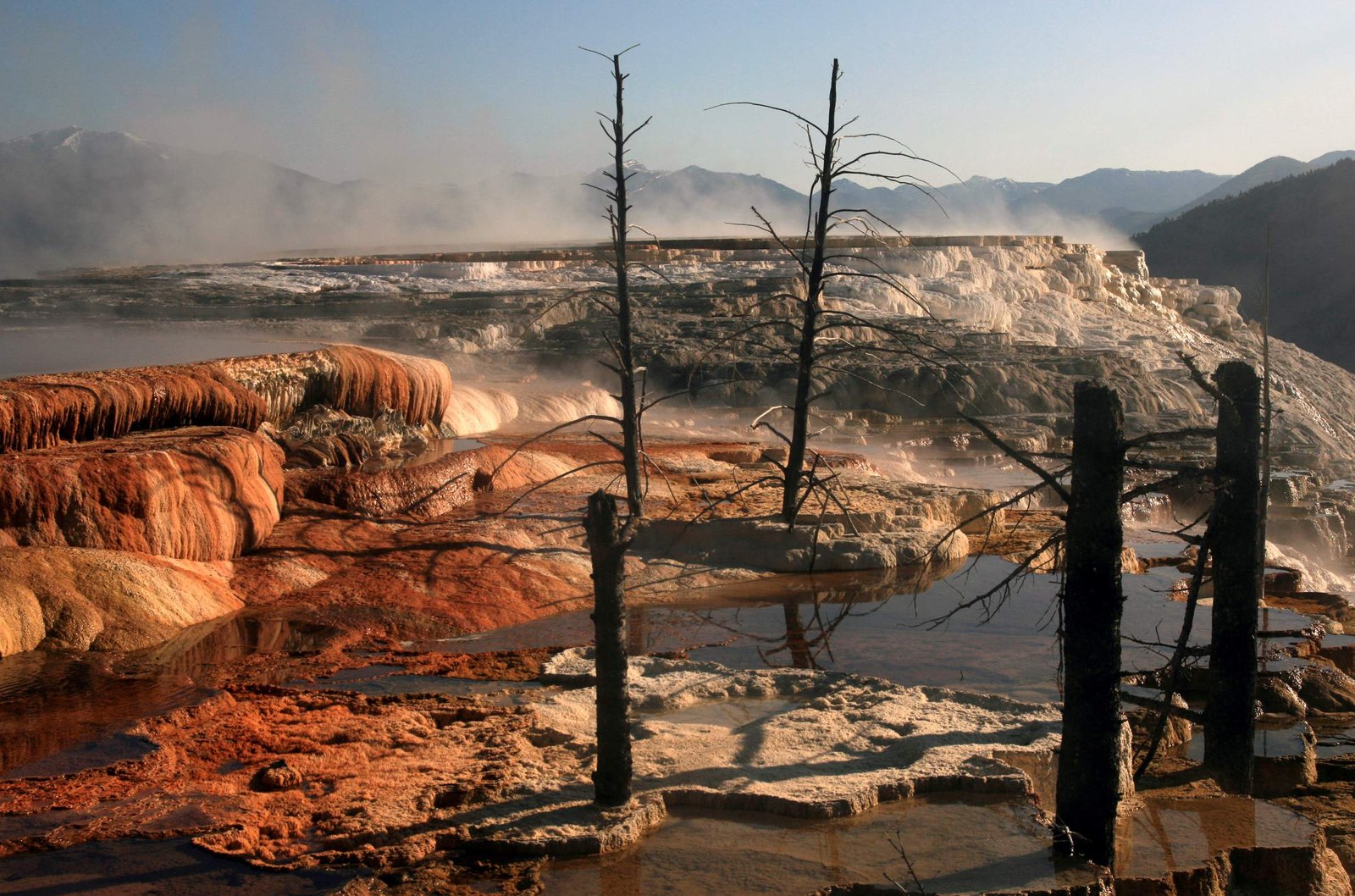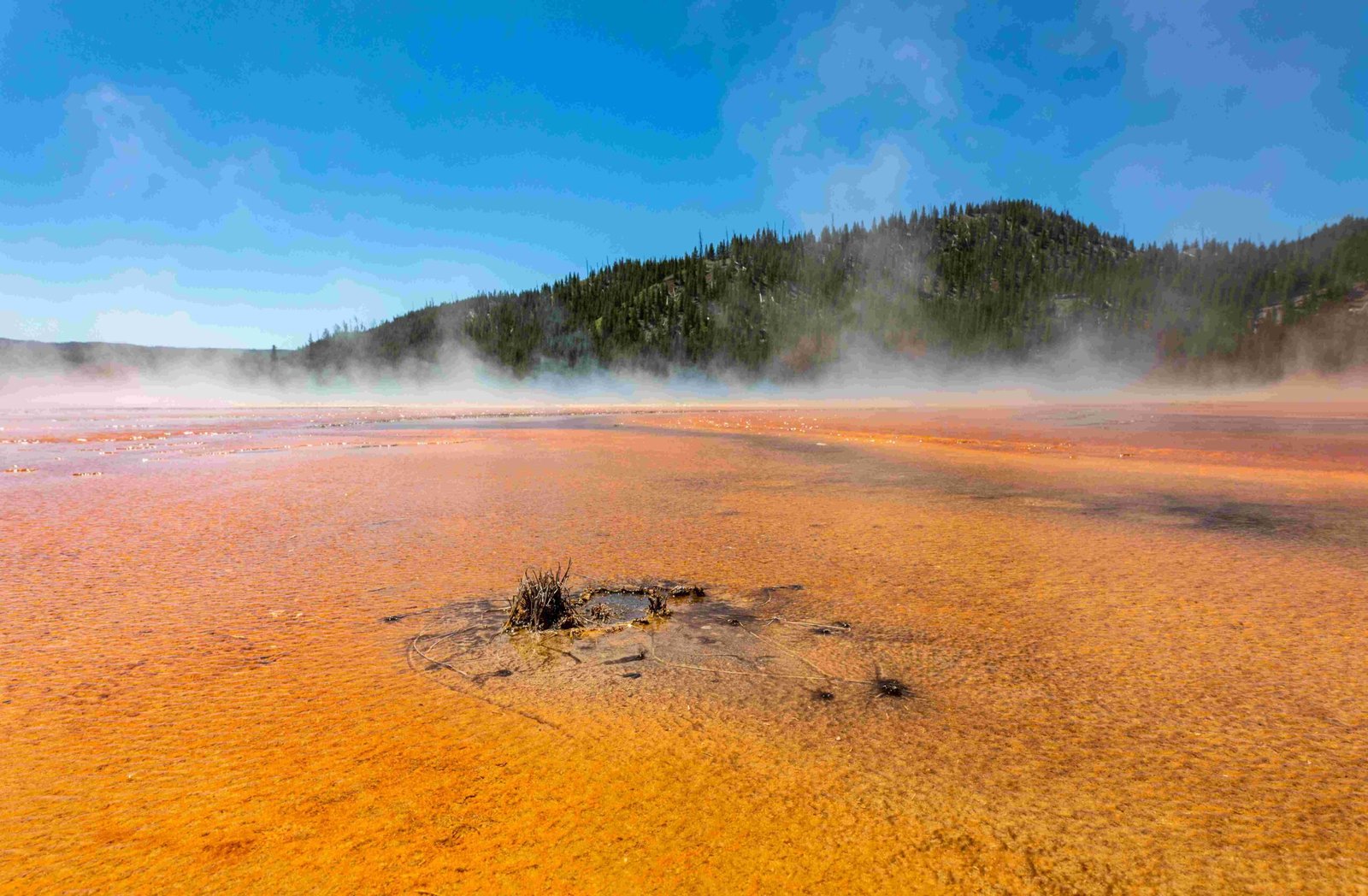RVs are indeed allowed in Yellowstone National Park, but with specific regulations and restrictions. The park accommodates RVs in designated campgrounds, with some offering full hookups. Size limitations apply, with most sites suitable for RVs up to 40 feet long. Advance reservations are highly recommended, especially during peak seasons. This guide provides detailed information on RV regulations, campground options, and essential tips for RV enthusiasts planning to visit Yellowstone.
What Are the General RV Regulations in Yellowstone?

Yellowstone National Park welcomes RV visitors but enforces strict rules to preserve the natural environment and ensure a pleasant experience for all visitors. Here are the key regulations:
- RVs are only permitted in designated campgrounds.
- Overnight parking or camping outside of designated areas is prohibited and may result in fines.
- Generator use is restricted to certain campgrounds and specific hours (8 a.m. to 8 p.m.).
- Pets are allowed in campgrounds but must be leashed and cannot be left unattended.
Which Campgrounds in Yellowstone Accommodate RVs?

Yellowstone offers several campgrounds that cater to RV campers:
- Fishing Bridge RV Park: The only campground with full hookups (water, sewer, and electrical).
- Bridge Bay Campground: Accommodates RVs but without full hookups.
- Canyon Campground: Suitable for RVs, no full hookups available.
- Grant Village Campground: Has some spots for larger RVs up to 60 feet.
- Madison Campground: Accepts RVs but without full hookups.
What Are the RV Size Restrictions in Yellowstone?
RV size restrictions vary across different campgrounds in Yellowstone:
| Campground | Maximum RV Length |
|---|---|
| Fishing Bridge RV Park | 40-95 feet |
| Grant Village | Up to 60 feet |
| Most other campgrounds | Up to 40 feet |
It’s crucial to check the specific size limitations when making reservations, as they can vary by individual site within each campground.
How Can I Make Reservations for RV Camping in Yellowstone?
To secure a spot for your RV in Yellowstone, follow these steps:
- Plan well in advance, especially for peak season (June to August).
- Visit the official Yellowstone National Park Lodges website.
- Choose your preferred campground based on amenities and RV size restrictions.
- Select your dates and book your reservation.
- Confirm your reservation and note any specific instructions or regulations.
What Amenities Are Available for RV Campers in Yellowstone?
Amenities for RV campers in Yellowstone vary by campground:
- Fishing Bridge RV Park:
- Full hookups (water, sewer, electrical)
- Restrooms with flush toilets
- Showers
-
Laundry facilities
-
Other Campgrounds:
- Typically offer dump stations
- Potable water
- Restrooms (some with flush toilets, others with vault toilets)
- Some have shower facilities nearby
Are There Any Special Considerations for RV Camping in Yellowstone?
When planning an RV trip to Yellowstone, keep these points in mind:
- Weather: Be prepared for rapid weather changes, including potential snow even in summer months.
- Wildlife: Store food properly and maintain a safe distance from wildlife.
- Road Conditions: Some park roads may have steep grades or tight turns. Check road conditions before traveling.
- Limited Cell Service: Don’t rely on mobile phones for navigation or emergencies within the park.
- Altitude: Yellowstone’s high elevation can affect vehicle performance and personal health.
What Are the Rules for Generator Use in RV Campgrounds?
Generator use in Yellowstone’s RV campgrounds is regulated:
- Allowed in Mammoth, Canyon, Fishing Bridge, Bridge Bay, Grant Village, and Madison campgrounds.
- Must not exceed 60 decibels.
- Can only be operated between 8 a.m. and 8 p.m.
- Use is prohibited in some campgrounds to maintain a quieter environment.
How Should I Prepare My RV for a Yellowstone Visit?
To ensure a smooth RV experience in Yellowstone:
- Check your RV’s systems before the trip (brakes, tires, engine, etc.).
- Bring appropriate leveling blocks for potentially uneven campsites.
- Pack for variable weather conditions.
- Carry extra water and fuel, as services can be limited within the park.
- Bring bear-proof food storage containers if your RV doesn’t have secure storage.
What Are the Best Times to Visit Yellowstone with an RV?
The best times for RV camping in Yellowstone depend on your preferences:
- Summer (June-August): Peak season with warmest weather but largest crowds.
- Spring (April-May): Fewer crowds, but some facilities may still be closed.
- Fall (September-October): Beautiful colors and wildlife activity, with decreasing crowds.
- Winter (November-March): Limited RV camping options, but unique winter experiences available.
By understanding and following these regulations and tips, RV enthusiasts can enjoy a memorable and responsible visit to Yellowstone National Park. Remember to always respect the natural environment, wildlife, and fellow visitors to preserve the park’s beauty for future generations.

